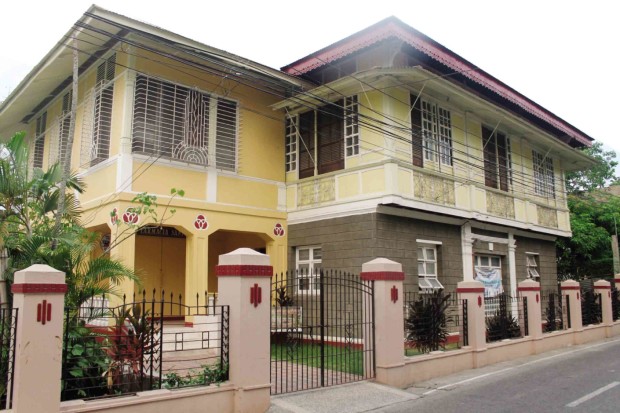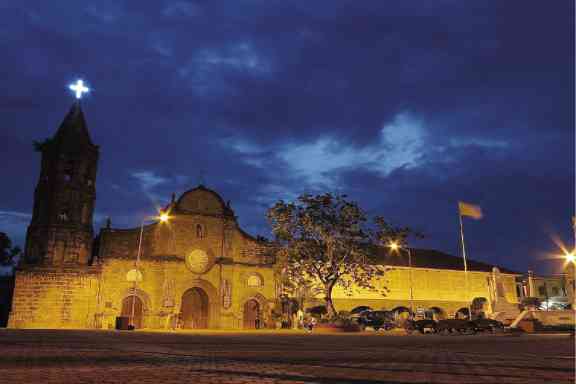Bridging past and present
DESCENDANTS of old Malolos families, who witnessed the birth of the Philippine Republic 117 years ago, are converting the city’s oldest and historic buildings into coffee shops, specialty bazaars and dining areas for a history-themed tourism initiative.
These families are rallying behind a project called “Renacimiento” (Spanish for renaissance), which seeks to convert 20 of the oldest houses into modern dining, shopping and even bed and breakfast experiences for tourists. Many of the houses are located in Sto. Nino village and in the town center.
Lydia Balatbat Echauz, who spoke for the families in a meeting with Mayor Christian Natividad last month, said allowing their homes to serve tourists, as well as residents, would continue the patriotism exhibited by their ancestors.
Echauz belongs to the clan of sisters Teodora, Maria and Teresa Tantoco, who were members of the so-called Twenty-one Women of Malolos. These women were praised by Dr. Jose Rizal, the national hero, for advocating formal education during the Spanish colonial period.
The Malolos Congress gathered at Barasoain Church on Sept. 15, 1898, and drew up the Malolos Constitution, which became the legal framework for the Philippine government when Gen. Emilio Aguinaldo declared independence from Spanish rule on June 12, 1898.
The Constitution’s ratification on Jan. 23, 1899, also at Barasoain Church, gave birth to the First Philippine Republic, the first in Asia.
The government of the First Republic was in Malolos, “so how can we allow the whole nation and the world to forget us?” Natividad said.
Government offices
Many of the old houses offered for conversion used to function as government offices under the Aguinaldo regime.
Secretaria de Fomento in Sto. Nino village was the house of Antonio Bautista, Aguinaldo’s aide de camp. Felipe Buencamino Sr., a former judge who became Aguinaldo’s secretary of development, and Graciano Gonzaga, the secretary of agriculture, also held offices there.
Casa Tribunal in the same village used to be the local government hall of Malolos in 1859. Malolos’ revolutionary leaders were accosted there by Spanish troops in 1895.
Gobierno del Pilar de Plaza de Malolos served as the headquarters of Gen. Isidoro Torres, who led the community’s peacekeeping forces until the First Philippine Republic was established.

THE HOUSE of Malolos City’s Alberta Uitangcoy and Paulino Santos may soon become a coffee shop in a proposed Malolos heritage row. CONTRIBUTED PHOTO/ MALOLOS TOURISM OFFICE
Also in the list were Casa Real shrine, Tanchangco house of Ramon de Leon, Secretaria de Guerra, Secretaria del Interior, Comisaria de Guerra, Gobierno Militar de la Plaza de Malolos, House of the Women of Malolos, House of Alberta Uitangcoy, Gusaling Gabaldon and Secretaria del Exterior.
Glorious history
“The past and the present should be bridged. We have to continue reliving our glorious history,” Natividad said.
Some houses could serve as inns, which could “make a killing renting out the rooms where Aguinaldo and the ilustrados slept,” he said.
An old theater at the heart of Malolos would be rebuilt to be used to stage local stage plays.
Many of the old houses have been declared historical buildings by the National Historical Commission of the Philippines (NHCP). But the Renacimiento project could become part of the agency’s adaptive reuse program, said Alex Balagtas, who heads the NHCP Bulacan and Zambales cluster.
Balagtas said establishments on the historic Paseo del Congreso Street, where Barasoain Church is located, could adopt names derived from the Philippine Revolution.















